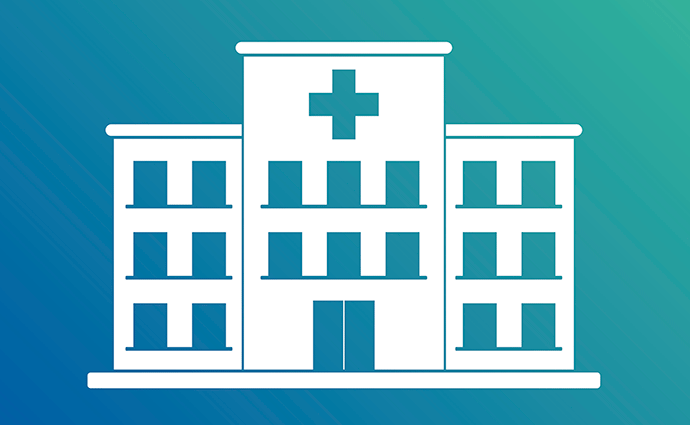340B Hospitals Provided Similar Charity, More Uncompensated Care
A new GAO report showed 340B hospitals delivered more uncompensated care and comparable charity care as their peers outside the program.

Source: Thinkstock
- The debate over whether 340B hospitals truly use discounted prescription drug rates to improve care for vulnerable, low-income patients goes on with a new Government Accountability Office (GAO) report.
GAO found that the median amount of charity care provided by hospitals in the 340B Drug Pricing Program was comparable to the amount of charity care rendered by non-participating hospitals in 2016.
However, data from Medicare hospital cost reports and the HRSA’s Office of Pharmacy Affairs Information System also revealed that the median amount of uncompensated care provided by 340B hospitals in the analysis was greater than the amount provided by their peers outside of the drug discount program.
Charity care involves services for which a hospital demonstrates that a patient cannot pay and the hospital provides the services free of charge to the patient. Whereas uncompensated care includes charity care and bad debt, which involves services for which a hospital determines that a patient can pay, but is unwilling to do so.
While 340B hospitals provided more uncompensated care, GAO noted several variations in the amount of charity and uncompensated care provided by specific hospital types. For example:
- Median amount of charity care rendered by critical access hospitals in and out of the 340B program was similar
- Median amounts of charity care provided by 340B sole community hospitals and general acute care hospitals were greater than their non-340B peers
- Median amount of uncompensated care provided by 340B general acute care hospitals was higher than that rendered by their non-340B counterparts
- Median amount of uncompensated care delivered by 340B critical access hospitals was lower than the amount provided by non-program critical access hospitals
Additionally, GAO found that 340B hospitals generally provided “high” amounts of charity care, uncompensated, care, and total unreimbursed and uncompensated care compared to their peers outside of the drug discount program.
The federal watchdog considered a “high” or “low” amount of this type of care if the reported amounts, as a percentage of total facility revenue, was within the top or bottom quartiles across all hospitals within a specific hospital type.
In 2016, a higher percentage of 340B hospitals delivered high amounts of charity care, uncompensated care, and total unreimbursed and uncompensated care.
However, at least 20 percent of hospitals receiving prescription drug rate discounts through the 340B program were among those that delivered the lowest amount of charity and uncompensated care.
The GAO report also found 340B hospitals were smaller than their peers in terms of inpatient bed numbers. Although, a slightly higher percentage of these hospitals were considering teaching hospitals compared with non-340B hospitals.
In addition, general acute care hospital participation in the 340B Drug Pricing Program increased in Medicaid expansion states, but not non-expansion stated between 2012 to 2016, GAO reported.
“This may be explained in part by an increase in the number of hospitals in expansion states that met the minimum Medicare DSH [Disproportionate Share Hospital] adjustment percentage required for 340B participation, as it identifies hospitals that treat a disproportionate number of low-income Medicare and Medicaid inpatients,” the federal watchdog wrote.
The 340B Drug Pricing Program has been a major topic for healthcare stakeholders as of late. Healthcare leaders and policymakers have prioritized lowering prescription drug costs, and many have wondered if modifying the 340B program would help.
“Some hospitals that receive drug discounts under the 340B program, designed to help safety-net facilities, do not provide meaningful levels of charity care to low-income and vulnerable patients, ultimately pushing up drug prices for patients with private health insurance,” stated President Trump’s proposed blueprint to lower drug prices.
Other critics of the drug discount program also argue that program has expanded beyond its intended reach.
“Government programs can grow pretty fast, but they usually don’t grow that fast,” HHS Secretary Alex Azar recently told stakeholders. “This growth has occurred without any increase in statutory oversight.”
In light of limited statutory oversight, the HHS head told stakeholders that 340B hospitals should expect greater oversight of the drug discount program to ensure the participating hospitals use discounts appropriately.
Policymakers have also proposed stricter eligibility requirements and greater transparency to keep the program functioning as intended.
While 340B hospitals can expect some changes in the near future, the organizations are already poised to face a major decrease in 340B drug reimbursements. CMS finalized a $1.6 billion 340B drug payment cut in late 2017, and industry group attempts to prevent the payment reduction have failed so far.
